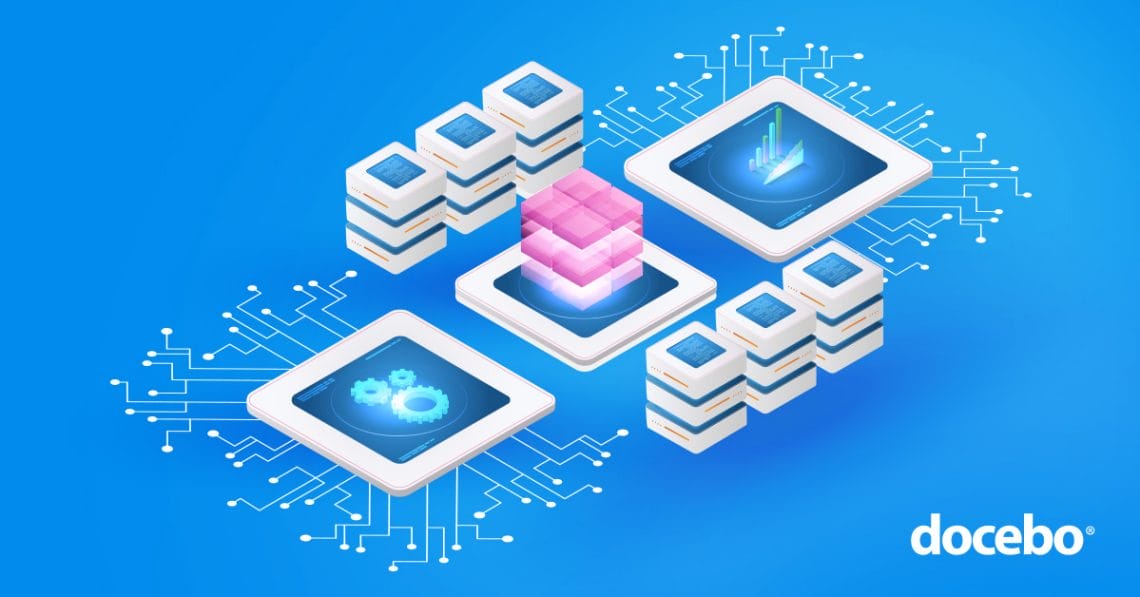
Every company needs to periodically review its tech stack and associated processes to identify potential efficiency gains and cost savings. In fact, it’s considered a best practice to conduct a lightweight evaluation every six months and a deeper evaluation every 12 months. As programs evolve across different departments and regions, it’s common to end up with duplicative systems, unnecessary costs, and processes operating in isolation. Not good.
But in addition to these ugly inefficiencies, you may also discover hidden areas of value. For example: the opportunity to consolidate disjointed learning experiences across multiple systems with different logins. Consolidating systems achieves more than just reduced capital expenditures. It delivers value from more efficient operations. And it makes people’s jobs easier, because they don’t have to constantly jump between a massive suite of disparate tools and systems. And doesn’t that sound wonderful?
Simplicity and efficiency are just the start. Here are the four top reasons to consolidate your tech stack:
Reduced spend on technology
The most common benefit from technology consolidation is the reduction or elimination of duplicate expenses. Most LMS platforms have similar core features, but platforms like Docebo—which can seamlessly handle multiple use cases—are an outlier. You will likely discover that if one platform can serve most of your use cases, the cost savings of consolidating onto that platform are significant. With Docebo, you can add new audiences and use cases at incremental cost, rather than needing to pay for two separate platforms—and still deliver distinct personalized experiences to each different group.
Lower support and professional services costs
With a dedicated support team who focuses on one solution, you can minimize the need for additional support and custom development, reducing the burden on your IT and support staff. By using a single provider, you can also reduce the risk of system integration issues and achieve a better ROI on your technology investments. With lower support and professional services costs, you can maximize the value of your programs while freeing up resources for other strategic initiatives.
Tech consolidation can save you money in more ways than one.
Improved data accuracy
Consolidating your tech stack allows for a more comprehensive view of your L&D programs. With a single LMS provider, you can access and analyze data from all of your courses and programs, providing insights into learner engagement, knowledge retention, and overall program effectiveness. This data can be used to make data-driven decisions and improve your learning and training programs over time.
Simplification of production workflows
Using a single LMS provider means your team doesn’t need to learn and manage multiple platforms, reducing the time and effort required for maintenance. Like how nCino uses Docebo to easily train 40,000 customers, partners, and employees from a single platform.
Consolidation streamlines processes and allows your team to focus on more important tasks like creating engaging content, analyzing data, and improving learner outcomes. With a consolidated tech stack, you’ll be able to achieve more in less time, with fewer resources.
To learn more about the benefits of technology consolidation—as well as practical tips and best practices, be sure to register for our upcoming webinar.


